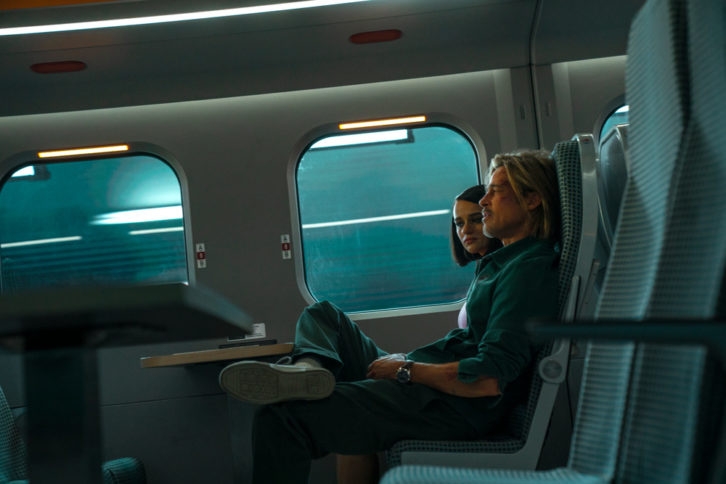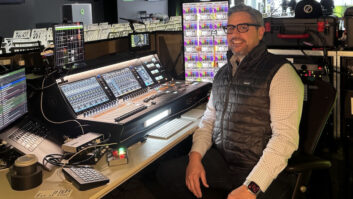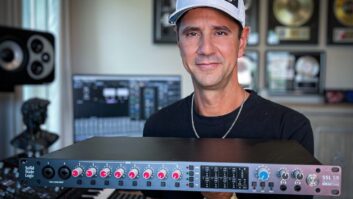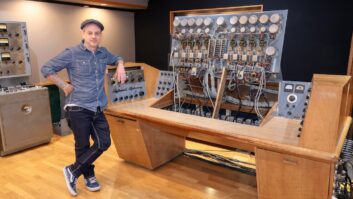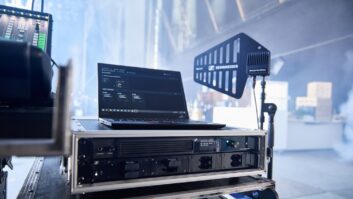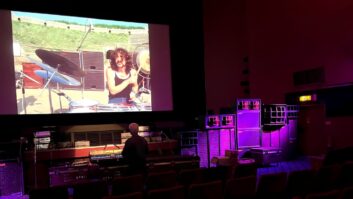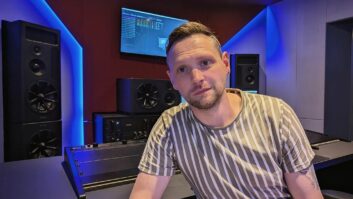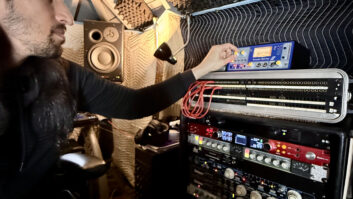Culver City, Calif.—The sound team at Sony Pictures Post Production Services worked to make the soundtrack hyper-real for Bullet Train, starring Brad Pitt and directed by David Leitch, which opened this summer..
“Everything about this film is larger than life,” observes supervising sound editor Mark P. Stoeckinger, who has previously collaborated with Leitch on a handful of features. “The comedy and the action are over the top and blended together. Even the most intense fight scenes have comic touches. In the middle of a shootout, you might hear a hubcap rolling around with a funny twang. The sound—like the film itself—has a sense of humor.”
Other lead members of the crew included re-recording mixers Frank A. Montaño and Jon Taylor, and sound designers Geoffrey Rubay and Luke Gibleon. The veteran sound team engaged in a lively collaboration with Leitch, producer Kelly McCormick, editor Elísabet Ronaldsdóttir and composer Dominic Lewis.
Meet the Bullet Train sound team at Mix Presents Sound for Film & TV.
Sound post-production began with Stoeckinger and his sound editors developing sonic treatments in tandem with Ronaldsdóttir and her crew.
“The sound team’s work elevated what we had already done with the images,” explains Ronaldsdóttir, also a veteran of Leitch’s previous films. “Mark does that exceptionally well. He is intelligent, fun to work with and a complete sound nerd—which is just what we needed. Even something as simple as a door opening has a purpose. Every detail helps propel the story forward. What Mark and his team brought to this was mind-blowing.”
The most persistent sound element in the film is the train itself, modeled after the astonishingly fast trains of Japan’s high-speed shinkansen railway system, known for their signature “whoosh.” Sound designer Rubay, who led the development of the train’s sound, studied recordings of actual bullet trains and used them as a point of departure.
“In the real world, bullet trains are quiet and smooth. Once the train leaves the platform and picks up speed, the ride smooths out. You feel like you’re riding on air,” Rubay notes. “Our aim was to re-create the feeling of gliding through space at super–high speed and take it into a heightened reality—to make it awesome.”
The sound of the train plays subliminally through much of the film, but it’s hardly monolithic. Rubay developed individual sound treatments for the train’s engine and each of its cars, as well as its varying speed and the locations it passes through.
“When the doors open, you hear a particular beep and a rush of air. Depending on how close the camera is, you might hear the station,” he relates. “Each station is different and corresponds to the specific location where the train happens to be along the line. It’s intricate and accurate.”
